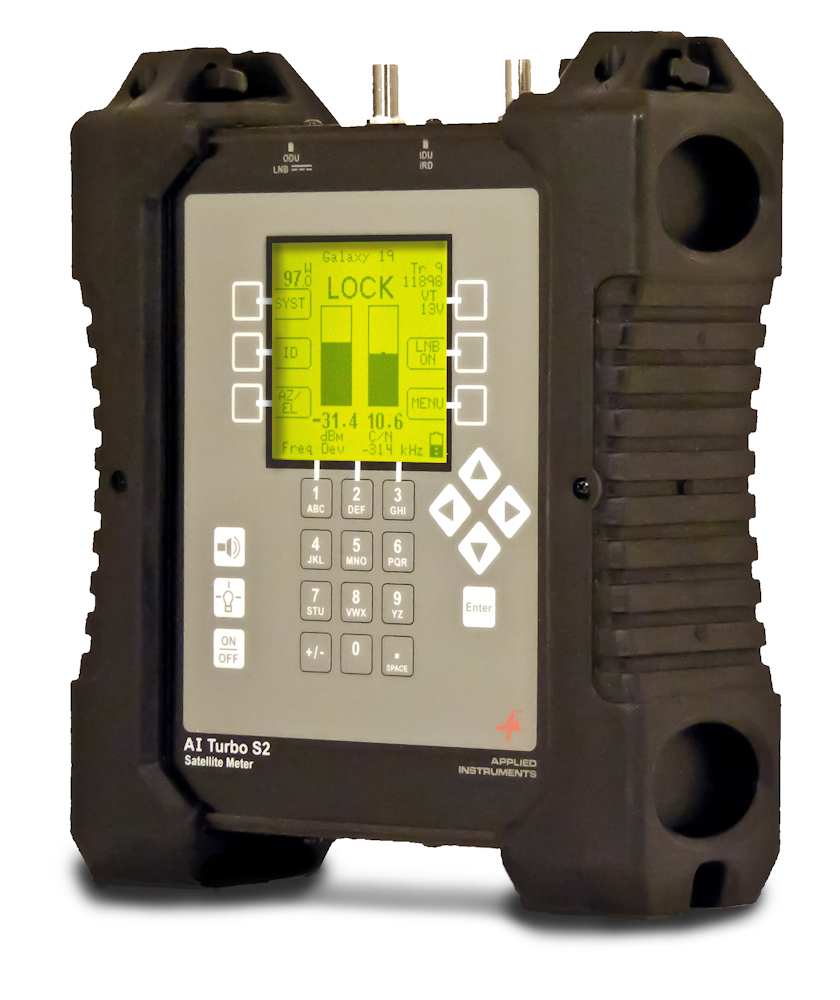If I am repointing a dish at a new satellite I hook up an old receiver inside the house and stand out at the dish and move it while someone else is inside watching the signal strength, and they just call out the signal quality numbers to me using our cell phones (before cell phones we used walkie-talkies). It's a little laggy but it can work if you take it slow. I have also taken the receiver out to the dish in the past.
However, if I can already receive the satellite but the signal is getting weak, such as after a windstorm that moves the dish slightly, I just start recording a currently-playing program in Tvheadend. Then I take my tablet computer out to the dish and bring up Tvheadend's status page, and watch the two bar graphs for that channel. By making small and careful adjustments, keeping in mind there may be a 2-3 second lag, I can peak the signal using those bar graphs. This only works if you already have the a channel on that satellite scanned in to Tvheadend, and you have to be careful not to completely lose the signal for more than a few seconds or Tvheadend may give up and stop recording, and then the bar graphs will disappear. So this method is really only good for peaking an existing signal, and only if you are using satellite tuner cards rather than a standalone receiver (unless the receiver can show signal strengths via a web interface). The biggest problem with this method is that you can't hold the tablet in a place where the dish is between it and the WiFi router, otherwise the Wifi connection strength takes a big drop and you might lose the connection to the tablet. So if you have someone else that can hold the tablet for you, it's a big help.
I know some people will say that the graphs in Tvheadend aren't accurate and I agree with that to some degree, but they do show a relative signal most of the time and usually it's accurate enough to peak the dish. If you have tuner cards installed in a computer but are not using the Tvheadend software, but you can see the graphs in a screen on the program that runs on the computer (as opposed to in a web page as in Tvheadend), then you can probably set up remote desktop sharing on your backend computer and then run a VNC client on the tablet or your phone to see what is happening (I think one such client is called TrueVNC). Just keep in mind that there will likely be a noticeable lag between moving the dish and when the bar graph changes so make slow, small moves, especially when you're trying to get that last 1% bump.









